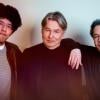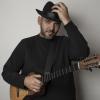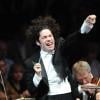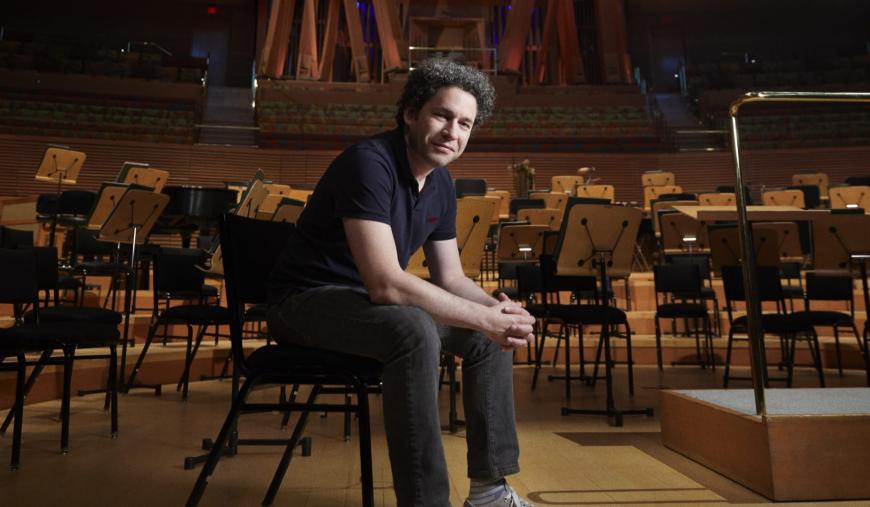
Guest conductor Gustavo Dudamel brought along a pair of recent Latin American compositions to his San Francisco Symphony concert on Friday, Nov. 24.
The first and briefer of these works was Kauyumari by Gabriela Ortiz. This is essentially a monothematic overture based on a melody from the Huichol people of Mexico. It’s a dry and angular tune that would not seem to be a promising choice on which to base a composition, except for the brilliant use Ortiz makes of it. The instrumental colors are as vivid as those of equally lively pieces by other Mexican composers, such as Arturo Márquez. Special effects — like clicks of the violin bows, offstage trumpet calls, and smears on trombone — further punctuate the music. And of course, Dudamel’s conducting and the SF Symphony’s playing were full of enthusiastic energy.
The other piece was even more of a special occasion. Odisea (Odyssey) by Gonzalo Grau is a 25-minute single-movement concerto for an unusual choice of solo instrument: the cuatro, a small guitar that’s considered the national instrument of Venezuela. Traditionally used for accompaniment, it’s been transformed in recent decades into a lead instrument by virtuosos such as Jorge Glem, for whom this concerto was written and who played the solo part on Friday.
The work was commissioned by the Los Angeles Philharmonic and Dudamel. With composer, conductor, and soloist all natives of Venezuela, Grau considered this a golden opportunity to celebrate the traditional musical roots of his country. He wrote the piece in the form of an imaginary journey from Cumaná, Glem’s hometown in northeastern Venezuela, to Barquisimeto, Dudamel’s hometown in the northwest, depicting the varieties of folk and pop music one would encounter on the way.
For a listener unfamiliar with the range of Venezuelan music, the concerto is another burst of orchestral color, full of complex rhythms (but less insistently rhythmic than Ortiz’s piece and with a greater variety of melodic passages). The orchestra fits pleasingly well with the cuatro, the strings even imitating its playing style for a bit.
Attention was fixed primarily on the solo instrument. Glem, wearing a bright red fedora that he never doffed, was clearly pleased to be the central figure of the occasion. He cheerfully directed focus to the cuatro and its unusual sound, which he showed off most spectacularly in his encore, a mash-up medley incorporating everything from J.S. Bach to Georges Bizet.
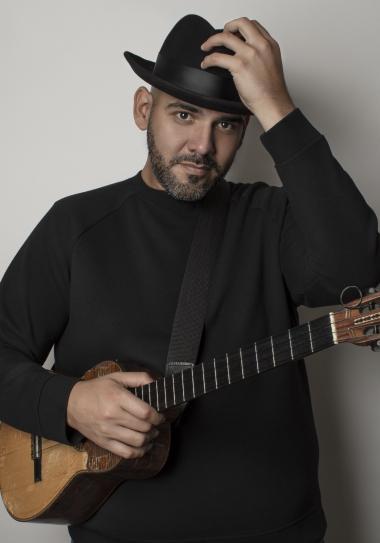
The cuatro’s strings can be plucked individually, in the manner of a classical guitar. Usually, though, it is strummed, producing chords with a dry and unresonant sound reminiscent of a ukulele, an instrument to which the cuatro has no direct relationship. The cuatro can also be strummed so as to produce a noteless percussive sound like a small drum. Glem made much use of this technique, playing a long passage of unchanging rhythm underneath an orchestral melody. He also occasionally played tremolo in the style of a mandolin and rubbed the cuatro’s strings for a ghostly effect.
All this imaginative variety of playing was Glem’s contribution to the composition. Grau explained in introducing the piece that he designated the soloist’s melodic line but let Glem decide how to play it, creating the chords that he strummed and otherwise finding various ways for the cuatro to express itself. The instrument expressed itself somewhat more clearly by being lightly amplified through a plug-in cord. Throughout, Glem’s playing was fast, flexible, and a delight to listen to.
After intermission, the concert’s temperature cooled down with Brahms’s Symphony No. 2 in D Major. It’s frequently described as Brahms’s “pastoral” symphony, and that’s the way Dudamel interpreted it. Large swaths of the music were slow, cautious, and gentle, sometimes to the point of being inert. Where the imaginary protagonist of Grau’s concerto was driving like a maniac through Venezuela, this symphony’s main character was lying on the grass, relaxing and taking a nap. Yet this was not a deeply mellow or subdued rendition, largely due to brightly shining wind solos (carrying over from the concert’s Latin American first half), not something often heard in Brahms.
Not all of the Second was gentle, of course. Dudamel duly surged into climaxes, building up the music by emphasizing the repetition of phrases. The Allegro con spirito finale is the most action-packed movement. In this performance, it blazed with sufficient glory to send the music out with a mighty cheer from the audience at Davies Symphony Hall.


